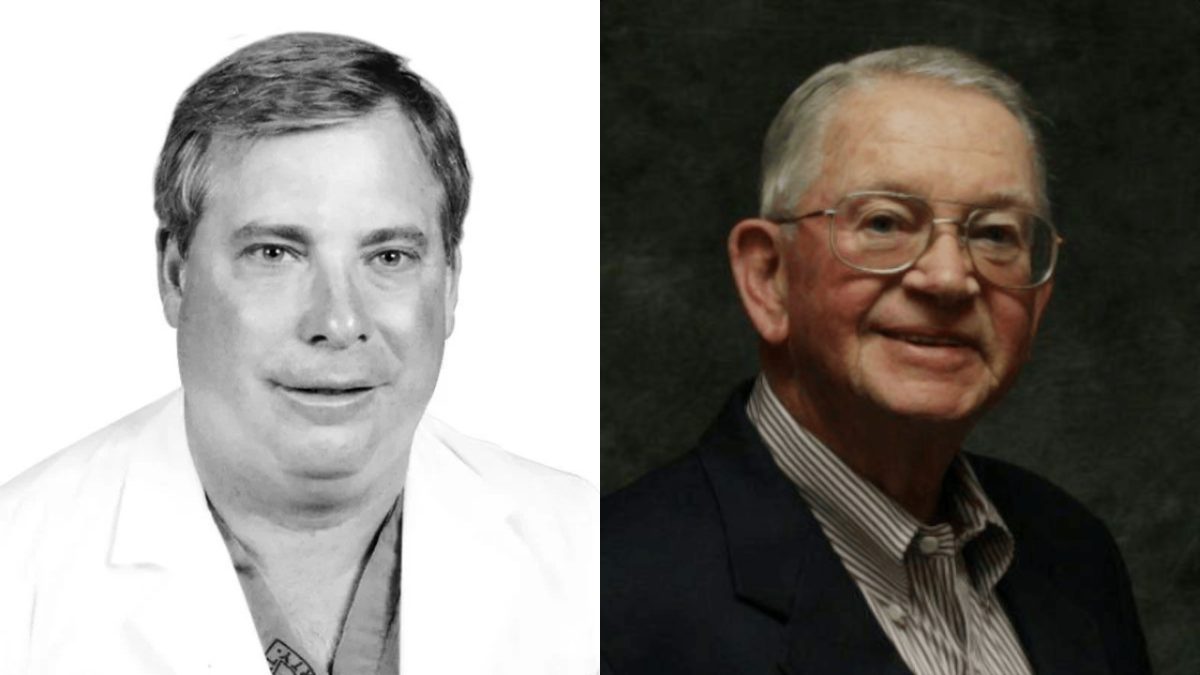A Conversation with Dr. John Livingston & Tea Party Bob
Podcast Notes by Bob Neugebauer
During a recent episode of my Idaho Pulse podcast, I had the privilege of speaking with Dr. John Livingston, a seasoned medical professional who has worked both in military and civilian practice. Our discussion focused on the intricacies of Medicaid expansion in Idaho, the difference between traditional Medicaid and Medicare, and how each model impacts local hospitals, patients, and state budgets. Throughout our conversation, Dr. Livingston underscored a key point: if an ever-increasing pool of able-bodied adults relies on Medicaid, truly vulnerable individuals—those the program was originally designed to help—could one day be jeopardized.
From 1965 to Expansion: A Shift in Purpose
Dr. Livingston first walked me through the classic definitions. Medicaid, established in 1965, was intended to assist pregnant women, children, and individuals with disabilities or limited means. Medicare, by contrast, covers seniors who have effectively “prepaid” into the system through payroll taxes. According to Dr. Livingston, Medicaid expansion reversed decades of intent by offering benefits to healthy, working-age adults.
He contends this change accelerated enrollment growth. Idaho’s Medicaid numbers rose from roughly 220,000 beneficiaries (traditional Medicaid plus CHIP) to over 300,000—and that does not include the tens of thousands covered by expansion. The cost to Idaho now surpasses 5 billion dollars when federal and state contributions are combined, dwarfing early projections. In Dr. Livingston’s estimation, it became evident years ago—during his time on the Your Health Idaho Exchange Board—that economics, not just health policy, drive these outcomes. More enrollees mean more demand. Yet fewer private practitioners remain willing to accept Medicaid’s reimbursement rates, shrinking supply and inflating costs in the process.
The Ticking Time Bomb of Federal Matching Funds
One major concern is FMAP (Federal Medical Assistance Percentage), which prescribes what share the federal government contributes. Dr. Livingston drew a distinction between standard Medicaid (roughly a 70–30 federal-state split) and the 90–10 split for expanded benefits. If federal support drops from 90 to, say, 80%, Idaho would be on the hook for significantly greater expense. Since the Medicaid budget already consumes over a third of the state’s 13-plus-billion-dollar budget, any cut to federal matching funds could force Idaho to drain its reserve accounts—threatening a variety of other public services and tax relief efforts.
Dr. Livingston also worried that healthy adults, who could be working and obtaining private coverage, might become accustomed to subsidized insurance. Then, if federal funds “dry up,” it is the marginalized recipients (people with disabilities, special-needs children, low-income mothers) who might get pushed aside. This scenario, he warns, was predictable based on standard supply and demand economics: more participants plus fewer providers leads to congestion, rising costs, and eventual coverage risks.
Work Requirements: A Partial Solution
Legislation currently under debate in the Idaho Legislature seeks to impose work requirements or volunteer duties for certain recipients. Critics question whether this approach is too restrictive. But Dr. Livingston contends these measures might safeguard the original spirit of Medicaid by incentivizing younger recipients to secure gainful employment. He sees it as an “on-ramp” to healthier personal finances and private insurance.
However, the conversation touched on how complicated the interplay of government health programs can be. Dr. Livingston cited the example of large hospitals receiving vast sums during COVID-19 and then resorting to “locum tenens” or traveling nurses—often displacing long-term local staff. He calls it a byproduct of top-down mandates that funnel money into certain facilities without true accountability. Meanwhile, consistent, hometown care—and the professionals providing it—risk being sidelined.
Overlapping Challenges and the Way Forward
In Dr. Livingston’s view, Medicaid’s problems aren’t limited to expansion. The entire healthcare system faces consolidation, with major hospital groups applying so-called “command-and-control” practices that stifle independent practices. Many local physicians, especially specialists, step away from private practice in favor of hospital employment, or they leave the profession. The result? Reduced local choice, rising prices, and less personalized care.
On top of that, Dr. Livingston points out that emergency rooms now serve as primary-care venues for individuals who might not need acute care—an inefficiency he attributes partly to Medicaid’s “front-door coverage” for minor issues. He believes a more market-oriented system, free of heavy-handed mandates, would align cost, quality, and access better than a top-down approach ever could.
Conclusion
My conversation with Dr. Livingston underscored the fine line between ensuring a safety net for vulnerable Idahoans and creating an ever-larger program that could ultimately jeopardize that same safety net. As the legislature debates whether to attach work requirements or impose a “trigger” if federal matching funds fall, the stakes go beyond budgets.
From my vantage point, if the federal government pulls back on its promised share, Idaho could be forced into painful cuts—or huge tax hikes. Neither is appealing. Dr. Livingston’s consistent theme was that “unintended consequences” always arise when government mandates and money overshadow market-driven principles. Whether Idaho’s elected leaders can balance the program’s original mission—caring for the truly needy—against the growing costs and new recipients remains an open question. For now, we can only watch how the expansion debate unfolds and hope lawmakers guard the interests of those who need help most.




2 replies on “Medicaid’s Unintended Consequences”
70% or 90% federal “money” is all imaginary. “Money” generated from debt is theft from future generations (and at $36Trillion+, we don’t know how many generations, even if we were to stop spending and start re-paying right now). The Constitution does not authorize government to pay anyone’s medical bills. One can’t go to every neighbor and demand money to help pay medical bills, so why are we allowing government to do it?
As for medi”care” regardless that people “pre-paid” into the system, medi”care” charges enrollees to join. When we first became eligible, the charge was$104.90/month (rounded up to $105, so what’s the point of calling it $104.90?) Currently, it increased from 2024’s “$174.70″ to 2025’s $185.
Medi”care” and medic”aid” contribute to high medical prices. When government is paying, medical facility administrators (with as much financial prudence as members of congress) think government has an enormous pile of money, so they inflate prices.
Unintended consequences always arise when government is assigned responsibilities that are not its proper role.
Sheila,
I agree with all that you say. The big scam happens in procurement where providers, carriers, and vendors contract for services, pharmaceuticals, and medical supplies. Supply chain rebates and kickbacks feed the inflated salaries of corporate CEOs and hospital administrators—-all paid for by ever-increasing Medicaid and Medicare budgets paid for by increasing insurance premiums and taxes.